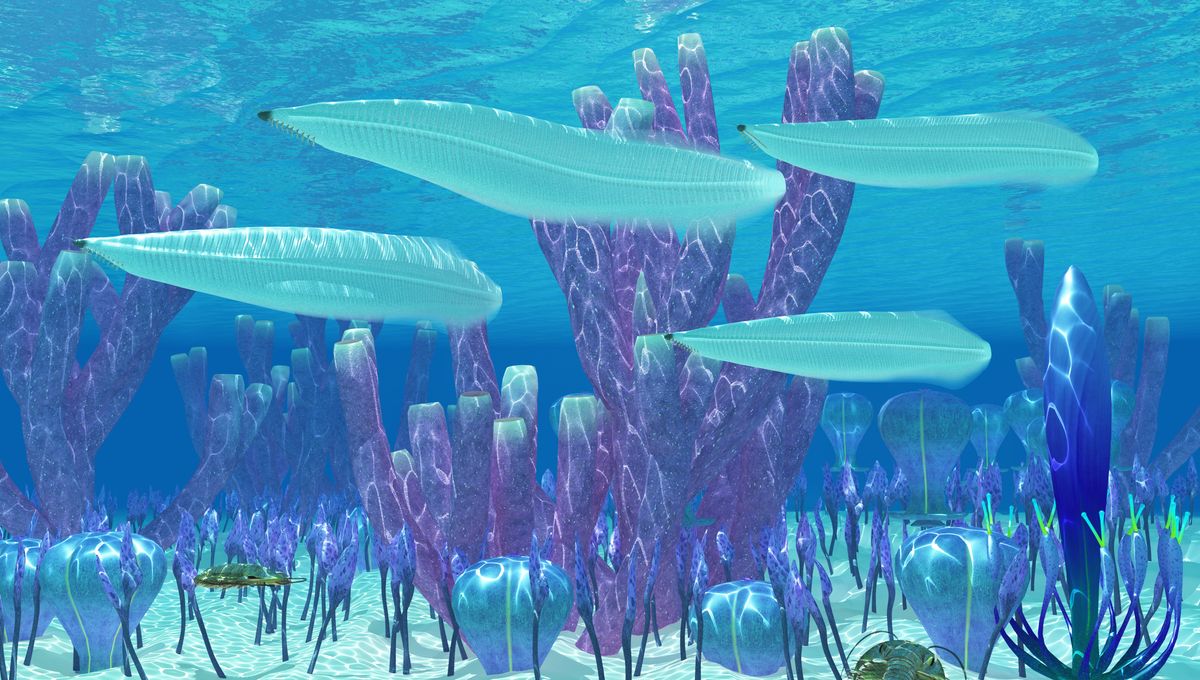
As Hannah Montana once wisely said: “Everybody makes mistakes, everybody has those days.” But for scientists studying the 508-million-year-old sea creature Pikaia gracilens, make that approximately 41,639 days, as it turns out they’ve likely been looking at it upside down since 1910.
The first Pikaia fossils were discovered in the Burgess Shale fossil beds of Canada’s Yoho National Park by the American palaeontologist Charles Walcott in 1910. On average around 4 centimeters (1.6 inches) long, these ribbon-shaped creatures are believed to have appeared during the Cambrian explosion, the biggest burst of evolution in Earth’s history.
What remained unclear was what exactly Pikaia was. Walcott classified it as a marine worm, or polychaete, but even he wasn’t that sure. “I am unable to place it within any of the families of the Polychaeta, owing to the absence of parapodia on the body segments back of the fifth,” he wrote in the paper describing his discovery.
Researchers have since spent decades arguing over where the ancient sea creature fits in the tree of life, including if it’s a vertebrate ancestor – but palaeontologist Jakob Vinther and colleagues have now proposed those scientists have been going about things the wrong way. Quite literally, in fact; they’ve been looking at it upside down.
It had previously been reported that Pikaia had a rod-like structure, dubbed the “dorsal organ” running along what was thought to be its back. But, as Vinther told the New York Times, high-resolution photographs had shown the presence of sediment from the seafloor within the organ.
This, Vinther and colleagues suggest, provides “evidence for a gut canal”. Taking that and running with it, they flipped Pikaia horizontally and suddenly, what others had concluded was a blood vessel looked a lot more like a dorsal nerve cord. This thickened towards the head into a “bulb-like” region, similar to the tubular structures seen in modern-day creatures like lancelets and the embryos of vertebrates.
The authors propose the findings are evidence that not only is Pikaia a chordate, but that it and fellow chordates, the vertebrates, are in fact descended from a group of alien-looking creatures called the vetulicolians.
“They just looked like freaky beasts,” Vinther remarked to the New York Times.
It’s likely to be a controversial proposal and one that doesn’t just flip Pikaia’s world upside down; humans are vertebrates, which would also make us descendants of these bizarre beasties.
On the upside, it would give worms a bit of a break – now you can ask your partner if they’d still love you if you were a vetulicolian instead.
The study is published in Current Biology.
Source Link: Whoops! Scientists Have Been Looking At This Ancient Sea Creature Upside Down